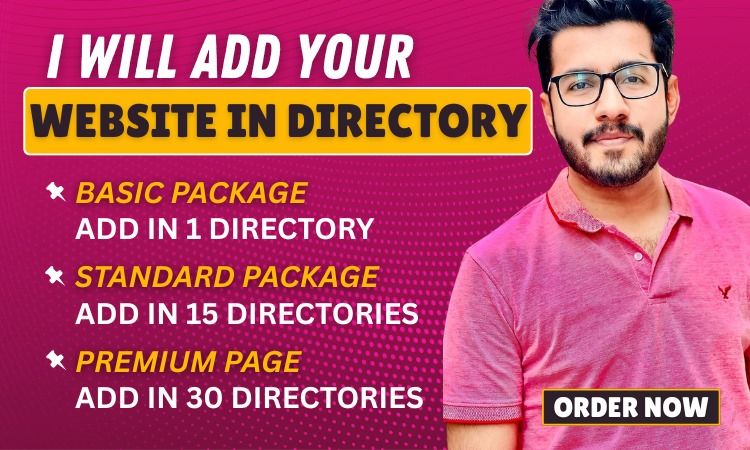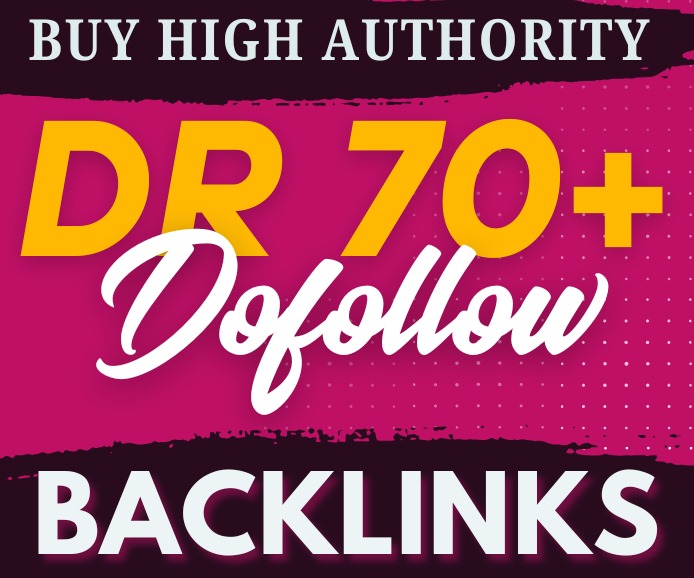Web design is the process of creating and arranging content on a website in a way that’s visually appealing, functional, and user-friendly. It involves layout design, graphic creation, content planning, and technical development. A good web design ensures a seamless user experience while aligning with brand goals and driving conversions.
The Importance of Web Design for Businesses
First impressions matter. In fact, it takes just 0.05 seconds for users to form an opinion about your website. A strong web design helps build credibility, retain visitors, and convert them into paying customers. Whether you run a small business or a global enterprise, web design directly impacts your success.
Key Elements of Great Web Design
High-performing websites don’t happen by accident—they are built strategically. Let’s explore the pillars of effective web design.
Visual Design
Visual aesthetics include colors, fonts, images, and layout. A visually appealing site invites users to stay longer and trust your brand. Designers use a balance of whitespace, contrasting colors, and readable fonts to engage visitors.
User Experience (UX)
UX focuses on how users interact with your website. A smooth UX means easy navigation, fast loading, and intuitive functionality. If your visitors can’t find what they’re looking for quickly, they’ll leave.
Responsive Design
With over 60% of users accessing the web via mobile, responsive design is essential. It ensures your website looks great on all screen sizes—desktops, tablets, and smartphones.
Types of Web Design
Static vs. Dynamic Web Design
Static websites are simple and ideal for small portfolios or brochure sites. Dynamic websites, on the other hand, fetch content in real-time and are perfect for blogs, e-commerce stores, and platforms that need regular updates.
Custom vs. Template Web Design
Templates are budget-friendly and fast but may limit creativity. Custom web design offers full control, personalized branding, and scalability. Businesses serious about standing out often choose custom design.
Web Design and SEO: Why It Matters
Search engines love well-structured websites. Good web design enhances your site’s crawlability, page speed, and mobile usability—three key SEO factors. Clean code, compressed images, and internal linking are essential for optimizing performance.
The Role of Web Designers
Web designers bridge the gap between technical development and visual creativity. They interpret brand messages into digital layouts, ensuring the site functions properly while looking appealing.
Skills Every Web Designer Should Have
A modern web designer needs HTML, CSS, JavaScript, UX principles, and graphic design skills. Familiarity with platforms like WordPress, Webflow, and Adobe Creative Suite is a plus.
Tools Used in Web Design
Popular tools include Figma for wireframes, Adobe XD for prototypes, and Canva for quick design elements. Developers often use Visual Studio Code, GitHub, and frameworks like Bootstrap or Tailwind CSS.
Common Web Design Mistakes to Avoid
Don’t overload your site with animations or large media files—they slow down load times. Avoid confusing navigation, poor mobile optimization, and cluttered pages. Always keep your audience’s needs at the center of design decisions.
How Web Design Impacts Conversions
Great web design guides users toward your call-to-action (CTA). Strategically placed buttons, consistent color schemes, and compelling copy all play a role in improving conversion rates. A one-second delay in load time can result in a 7% reduction in conversions.
Mobile-Friendly Design is Non-Negotiable
If your website doesn’t function well on mobile, you’re losing traffic. Google prioritizes mobile-first indexing, meaning the mobile version of your site is the primary version it evaluates. A mobile-optimized web design ensures fast load times, scalable images, and touch-friendly interfaces.
Trends in Modern Web Design
2025 is all about minimalism, dark mode, interactive content, and voice UI. Micro-animations, 3D elements, and parallax scrolling are also popular. Staying updated with trends helps keep your website fresh and competitive.
Choosing the Right Web Design Agency
Questions to Ask Before Hiring
-
Can you show me your portfolio?
-
Do you design mobile-first?
-
What is your SEO process during development?
-
How long will the project take?
-
Do you provide post-launch support?
An experienced agency will focus on performance, scalability, SEO, and security—not just the visuals.
DIY Web Design vs. Hiring a Pro
Tools like Wix and Squarespace offer drag-and-drop functionality, great for beginners. But if you’re launching a brand or e-commerce store, hiring a professional ensures better functionality, speed, and long-term scalability.
The Cost of Web Design in 2025
Prices vary. A basic site might cost $500–$1,000. Custom designs for large businesses can go beyond $10,000. The price depends on the number of pages, features, animations, and custom integrations. Always consider ROI when budgeting for web design.
How to Maintain a Website After It’s Designed
Maintenance is key to performance. Regular updates to plugins, backups, security checks, and SEO audits are critical. A good web design agency will offer maintenance plans to keep your site running smoothly.
Future of Web Design
AI-assisted design, AR/VR elements, and data-driven personalization are shaping the future. Web design will evolve toward hyper-personalized user experiences, real-time chat support, and more automated UX testing.
Conclusion
Web design is more than aesthetics—it’s about performance, branding, user experience, and business growth. Investing in professional, responsive, SEO-friendly design can elevate your brand and boost conversions. In 2025, your website isn’t just a digital brochure—it’s your business’s most important marketing tool. Whether you’re rebranding or starting fresh, don’t underestimate the power of excellent web design.
FAQs
Q1: How does web design affect SEO?
Good web design improves SEO by ensuring fast loading, mobile responsiveness, and easy navigation—all critical ranking factors.
Q2: What’s the difference between UX and web design?
Web design focuses on layout and visuals, while UX (user experience) is about how users interact with the site and how easy it is to achieve their goals.
Q3: How long does it take to build a website?
Depending on complexity, a website can take anywhere from 2 weeks to 3 months. Custom features and content length affect the timeline.
Q4: Can I design my website without coding?
Yes, platforms like Wix, Shopify, and Webflow allow you to design websites with no coding, though they may be limited in customization.
Q5: Is web design a one-time task?
No. Your website needs ongoing updates, performance improvements, and design refreshes to stay relevant and secure.




